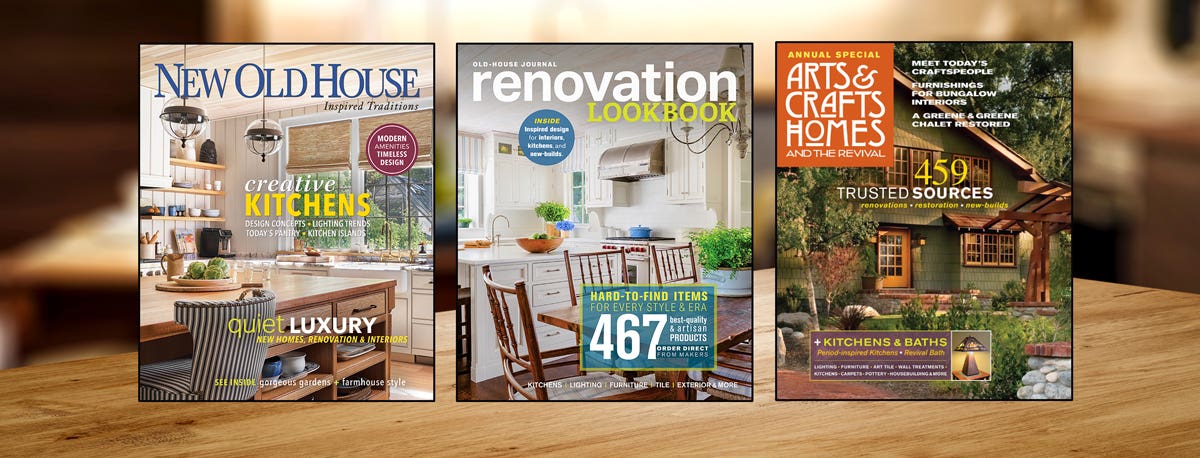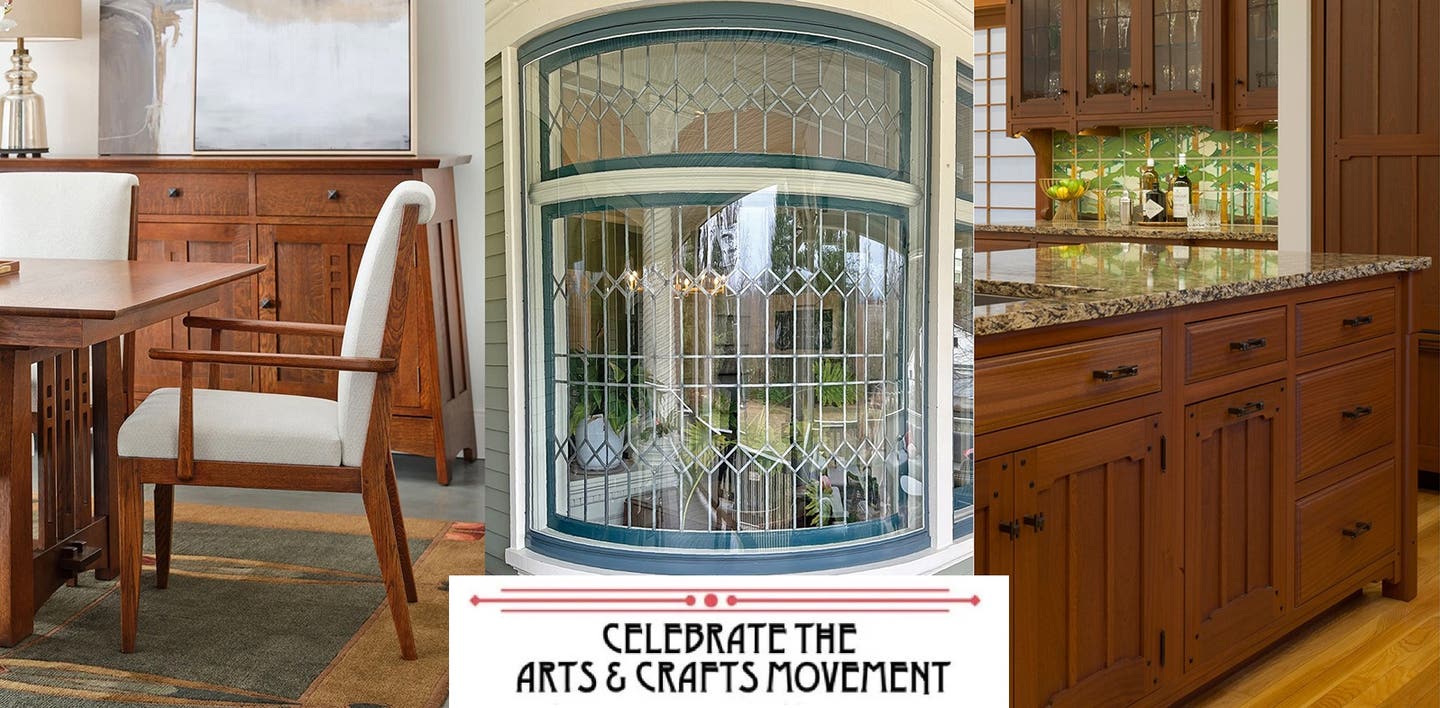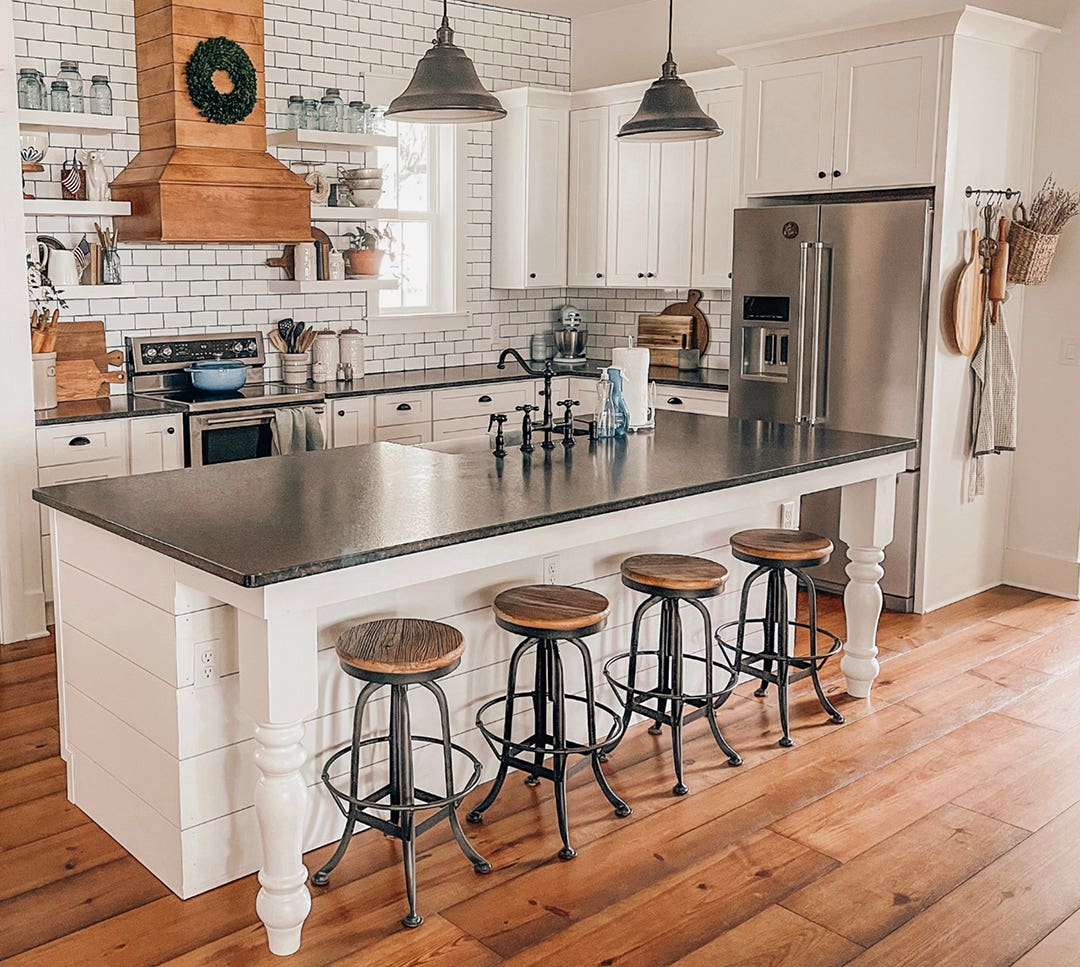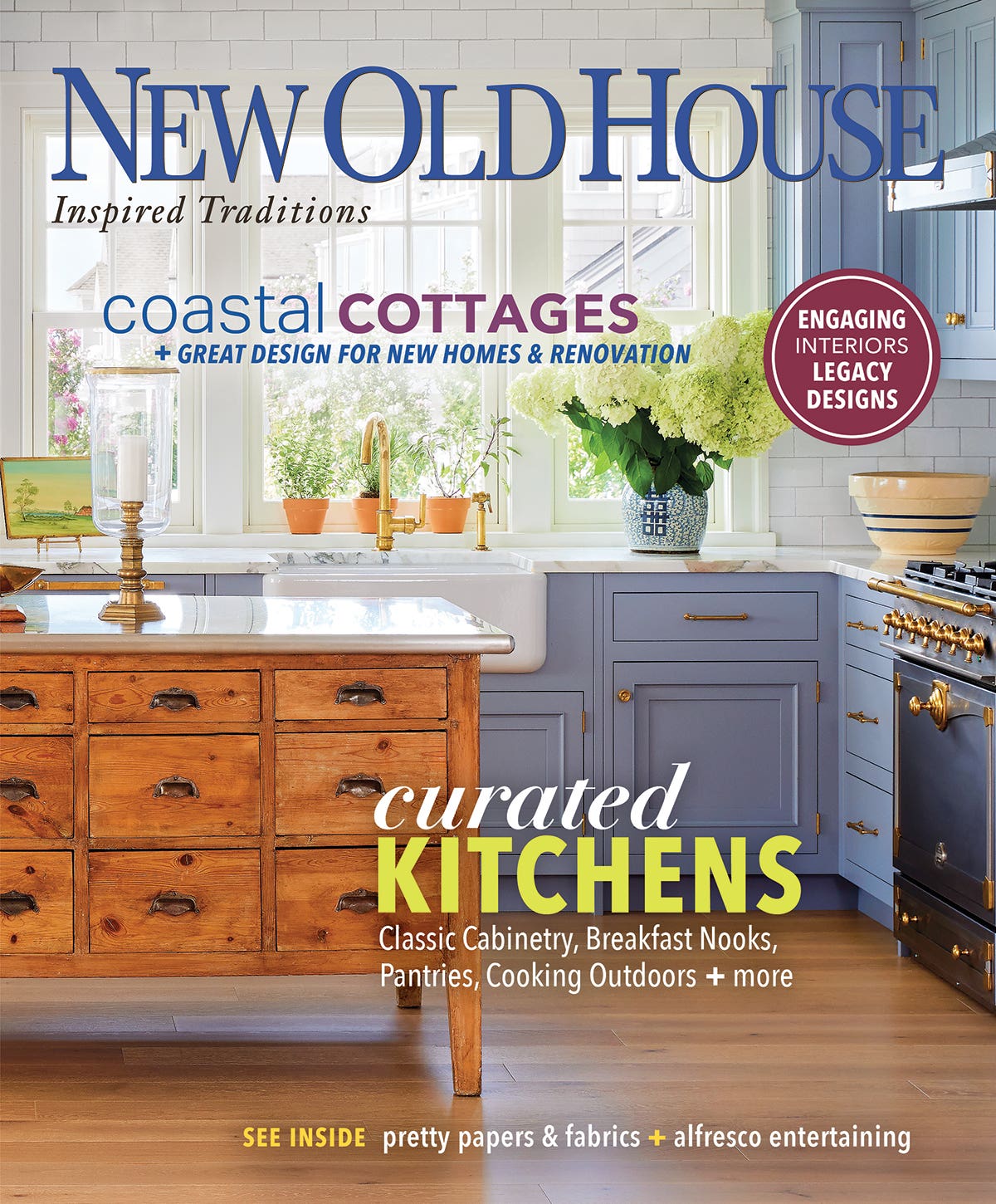I learned a new word.
Every once in a while I forget a term and come upon it again, and I’m always glad to have in back in my language armamentarium. Architectural trivia is a…
Every once in a while I forget a term and come upon it again, and I’m always glad to have in back in my language armamentarium.
Architectural trivia is a game I’m good at. I know gargoyles from girandoles and fachwerk from scagliola, I can toss around words like bolection, étagère, and campanile. It’s a parlor trick, really—though usually played outdoors, on walking tours—and a great way to get my kids to roll their eyes and groan. Every once in a while I forget a term and come upon it again, and I’m always glad to have in back in my language armamentarium. Now and then I stumble on an architecture-related word I haven’t yet learned.
This month’s word is “listello.” Looking it up, I realize it’s not particularly arcane. I am surprised I haven’t noticed it before now. A listello is a narrow border, molding, or fillet; in architecture, a narrow band. The word is common in the world of tile, where a listello is a border or band that creates a visual break in a tiled field, often also adding embellishment. The listello may be very simple—one color—or have a pattern or a texture, or even be a detailed mosaic. A listello may be ceramic or porcelain, but also glass or metal.
It’s a very useful word, better than “border” (which implies an edge) and much better than “line” or “thingie.” I will use it from now on.
I think most people have favorite words—words like “pounce” and “bachelor.” And some words, like “phlegm” and “moist,” are universally detested. Editors and architecture geeks have special sorts of favorite words—and those of us who are both editors and architecture geeks are obsessed with our words. I sometimes feel my favorite words like a misty veil around my shoulders, waiting for their turn.
My editorial colleague Demetra taught me her favorite word: imbrication. It means the pattern formed by an overlapping of edges (like tiles or scales), so it’s useful to describe the multiple shingle patterns on a Queen Anne house. She says the word (often!) with pleasure; I wink and do not roll my eyes.
Patricia Poore,Editor
ppoore@homebuyerpubs.com
10 Harbor Rd., Gloucester, MA 01930
Patricia Poore is Editor-in-chief of Old House Journal and Arts & Crafts Homes, as well as editorial director at Active Interest Media’s Home Group, overseeing New Old House, Traditional Building, and special-interest publications.
Poore joined Old House Journal when it was a Brooklyn-brownstoner newsletter in the late 1970s. She became owner and publisher and, except for the years 2002–2013, has been its editor. Poore founded the magazines Old-House Interiors (1995–2013) and Early Homes (2004–2017); their content is now available online and folded into Old-House Journal’s wider coverage. Poore also created GARBAGE magazine (1989–1994), the first unaffiliated environmental consumer magazine.
Poore has participated, hands-on, in several restorations, including her own homes: a 1911 brownstone in Park Slope, Brooklyn, and a 1904 Tudor–Shingle Style house in Gloucester, Massachusetts, where she brought up her boys and their wonderful dogs.







